More about Guernica
- All
- Info
- Video
- Shop

Contributor
It’s safe to say that Guernica is one of the most famous paintings of all time and as such, you would think that Picasso put all of his energy into every nook and cranny of the piece ... but that's not that case.
Not only did Picasso start the painting at the last possible minute before it was scheduled to be revealed, but he was also working on another piece simultaneously. The German fair guide describes this work as “a hodgepodge of body parts that any four-year-old could have painted,” but personally, I wish I could full-ass anything as well as Picasso half-assed this piece.
So what actually happened in Guernica on April 26, 1937 is that German fighter planes started an air raid that lasted two hours and resulted in bombs weighing up to a thousand pounds dropping on the innocent town of Guernica. Why? Because Nazi Germany was having target practice while trying to demoralize a town that believed in law, order, and traditional Catholic values.
Standing at 11 feet tall and 25 feet long, this painting is a really enormous depiction of the brutality of war. The work consists of mothers mourning over lost children, severed limbs, buildings on fire and tormented animals. Picasso was commissioned to do the work though he was living in Paris at the time and had not been to Spain since 1934, three years before the bombing of Guernica.
A tapestry of the painting hangs in the UN, but was scandalously covered up during the Bush Administration when Colin Powell was explaining to America why we were going to war with Iraq. The tapestry was called “an inconvenient masterpiece” by a columnist covering the press conference. The truth of war can be such a burden.
Apparently Guernica’s anti-war message wasn’t strong enough because in 1990 Germany used the painting as a military recruiting advertisement! Even better, the slogan for this advertisement read, “Hostile images of the enemy are the fathers of war.” Who in their right mind would look at this piece and think, ”hmmm, I should probably enlist.”
Again the painting’s message was misunderstood when some loony antiwar activist named Tony Shafrazi vandalized the painting by spray-painting the words, “KILL ALL LIES” on the piece. But in Shafrazi’s defense he did say that he was an artist and probably just wanted to improve the piece. Upon being carried out of the museum, Tony screamed, “Call the curator. I am an artist.” Shafrazi later went on to lead a calm, peaceful life and now owns a prestigious art gallery in New York. Good for you, Tony.
When Picasso was asked to clarify the apparently very confusing messages and symbols of Guernica, he stated, “This bull is a bull and this horse is a horse. If you give a meaning to certain things in my painting it may be very true, but it is not my idea to give this meaning. What ideas and conclusions you have got I obtained too, but instinctively, unconsciously. I make the painting for the painting. I paint the objects for what they are.” Real helpful, Pablo…
Featured Content
Here is what Wikipedia says about Guernica (Picasso)
Guernica (
Spanish: [ɡeɾˈnika];
Basque: [ɡernika]) is a large 1937 oil painting by Spanish artist Pablo Picasso. It is one of his best-known works, regarded by many art critics as the most moving and powerful anti-war painting in history. It is exhibited in the Museo Reina Sofía in Madrid.
The grey, black, and white painting, on a canvas 3.49 meters (11 ft 5 in) tall and 7.76 meters (25 ft 6 in) across, portrays the suffering wrought by violence and chaos. Prominently featured in the composition are a gored horse, a bull, screaming women, a dead baby, a dismembered soldier, and flames.
Picasso painted Guernica at his home in Paris in response to the 26 April 1937 bombing of Guernica, a town in the Basque Country in northern Spain, by Nazi Germany and Fascist Italy at the request of the Spanish Nationalists. Upon completion, Guernica was exhibited at the Spanish display at the 1937 Paris International Exposition and then at other venues around the world. The touring exhibition was used to raise funds for Spanish war relief. The painting soon became famous and widely acclaimed, helping to bring worldwide attention to the Spanish Civil War that took place from 1936 to 1939.
Check out the full Wikipedia article about Guernica (Picasso)

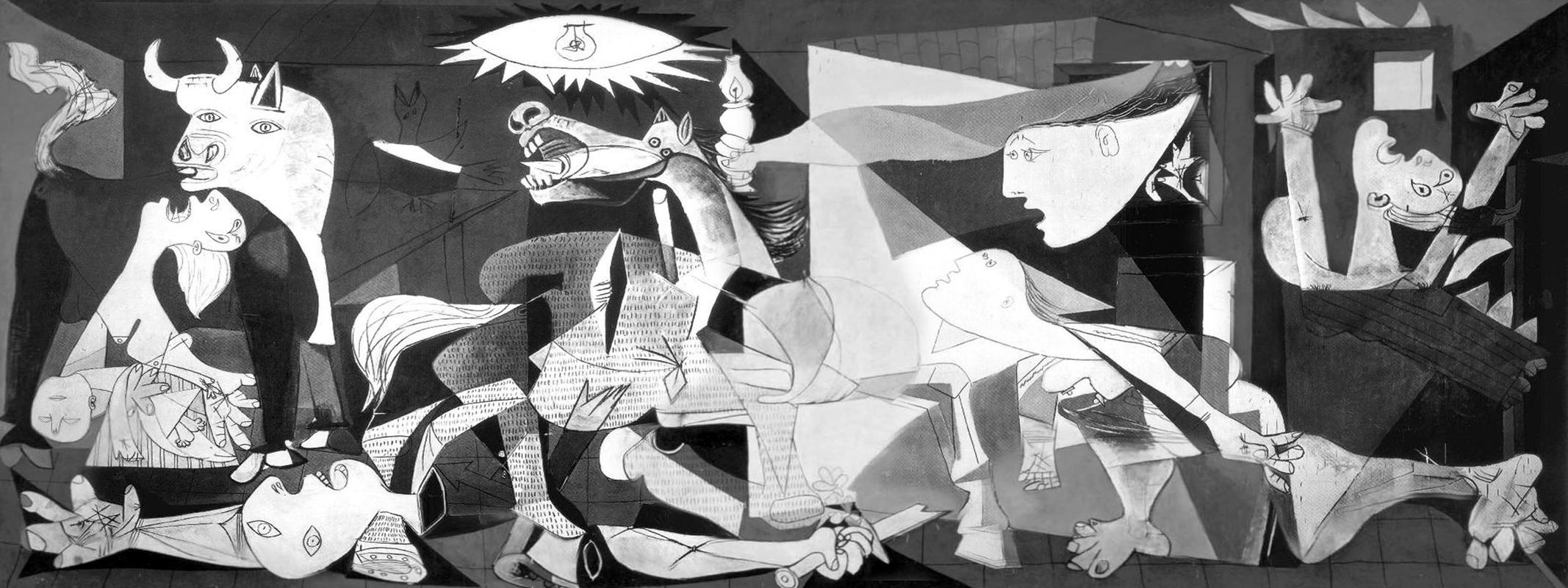
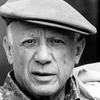
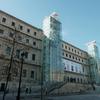
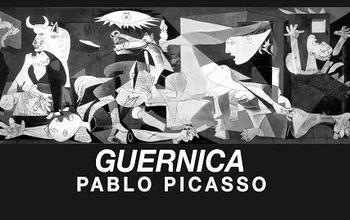
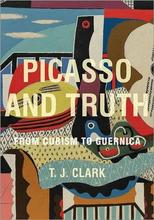











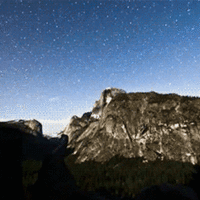
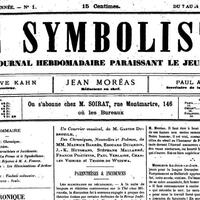
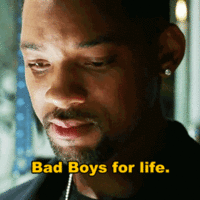
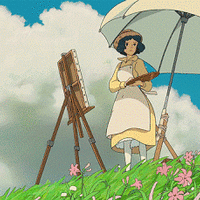
Guernica by Pablo Picasso depicts a scene of pure chaos. There are loose limbs and fearful faces tossed about in the piece, with a horse's head stealing the viewers's attention. Picasso strongly relied on his familiarity with the principle of line in this work.